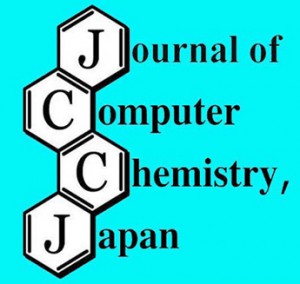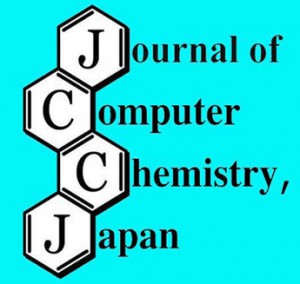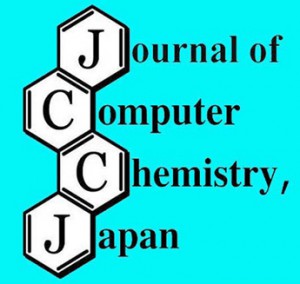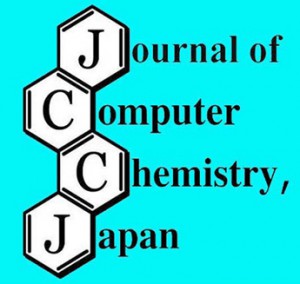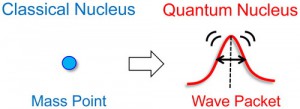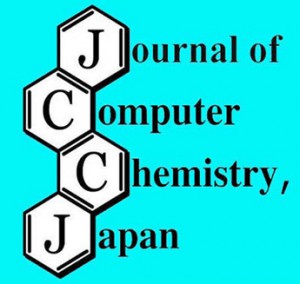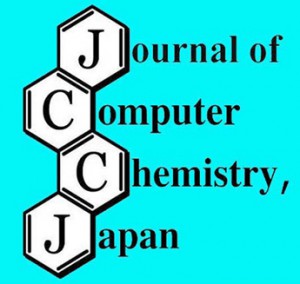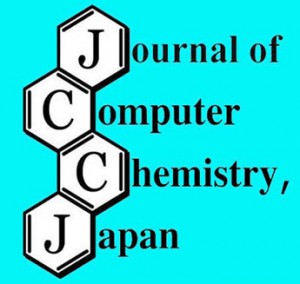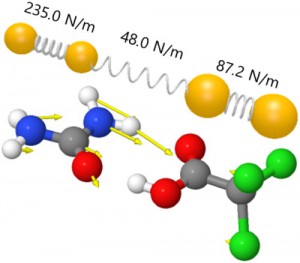[Published online Journal of Computer Chemistry, Japan Vol.15, 85-86, by J-STAGE]
<Title:> Theoretical Study of Hydrogen Bonds in Water Nanodroplet on Graphene
<Author(s):> Takayoshi ISHIMOTO, Michihisa KOYAMA
<Corresponding author E-Mill:> ishimoto(at)ifrc.kyushu-u.ac.jp
<Abstract:> We analyzed the structural differences of H2O molecules in water nanodroplet on graphene ((H2O)98 on graphene) model by using the density functional theory. 98 H2O molecules on graphene were classified into four groups based on the surrounding condition (bulk region, water-gas interface, water-graphene interface, and water-graphene-gas interface). The O H distances and vibrational frequencies of H2O molecules near the gas region were wider distributions compared with the H2O molecules in the bulk region, whereas narrower distributions were obtained near the graphene interface.
<Keywords:> Wettability, Water nanodroplet, Hydrogen bond, Inhomogeneity, Density functional theory
<URL:> https://www.jstage.jst.go.jp/article/jccj/15/3/15_2016-0048/_article/-char/ja/
<Title:> Theoretical Study of Hydrogen Bonds in Water Nanodroplet on Graphene
<Author(s):> Takayoshi ISHIMOTO, Michihisa KOYAMA
<Corresponding author E-Mill:> ishimoto(at)ifrc.kyushu-u.ac.jp
<Abstract:> We analyzed the structural differences of H2O molecules in water nanodroplet on graphene ((H2O)98 on graphene) model by using the density functional theory. 98 H2O molecules on graphene were classified into four groups based on the surrounding condition (bulk region, water-gas interface, water-graphene interface, and water-graphene-gas interface). The O H distances and vibrational frequencies of H2O molecules near the gas region were wider distributions compared with the H2O molecules in the bulk region, whereas narrower distributions were obtained near the graphene interface.
<Keywords:> Wettability, Water nanodroplet, Hydrogen bond, Inhomogeneity, Density functional theory
<URL:> https://www.jstage.jst.go.jp/article/jccj/15/3/15_2016-0048/_article/-char/ja/
